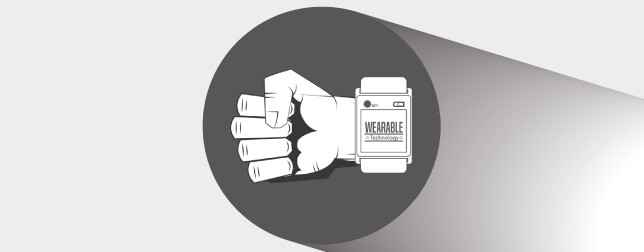It’s been a long way since the first smart watch was made by Patek Philippe & Co of Switzerland in 1868. Today, wearable tech has grown into a diverse industry. We now have many types of devices that can be placed around, in or inside your body. For example fitness trackers, fashion accessories, a health monitoring implants and other lifesaving devices. As an engineer, you are taught to build a solution to someone’s daily pains; well below is a list of lifesaving wearable devices.
Fitbit can Help Prevent Breast Cancer Recurrence
According to the American Cancer Society, approximately 20% of women treated for breast cancer today experience a recurrence. Despite many reports supporting a relationship between weight and breast cancer prognosis, there have been no studies examining the effect of weight loss upon the risk of breast cancer recurrence. Dana-Farber Cancer institute is the first institute to study the correlation of breast cancer and weight loss. Fitbit was used s a tool for investigators to closely track activity and weight loss among study participants. How did Fitbit help? Each participant received a Fitbit kit including a Fitbit tracker to track all day activity; a wrist-based heart rate tracking; a Fitbit Aria Smart Scale to track weights, BMI, lean mass and body fat percentage. Lastly, participants had access to FitStar which offers personalized video-based exercise. Through the smartphone, a health coach can help patients increase their exercise and reduce calories. A Fitbit tracker along with Fitbit Aria Smart Scale allow patients to track the progress throughout the study and to motivate them to meet their goals. The study will officially begin in August of 2016.
iTBraTM Empowers Women to be more Aware of their Breast Health
Actually there is no exact way to prevent breast cancer. However, there are things all women can do that might reduce their risk. If cancer happens, it must be found at the early stage for a quick recovery. That’s why iTBra– an intelligent wearable that provides monthly breast wellness screening at home, is here to save womans’ lives. With sensor technology embedded in the iTBra, the smart phone enable interface is able to detect circadian patterns within breast cells.
Jawbone discovers Earthquake
It might be possible to know how earthquakes effect sleep with sensors inside an activity tracker. The 6.0 magnitude earthquake that hit Northern California was considered as the strongest to strike in 25 years. During the earthquake, the result collected from Jawbone users reveals that 93 percent of Jawbone wearers within 15 miles of earthquake area suddenly woke up when the quake occurred. The Jawbone is a tracker which can track users’ movements during sleep and while they are awake. Additionally, it provides records of the time they spent in bed including deep sleep or slight sleep. As a result, Jawbone scientist discovered the difference in motion in cars, trains from the motion during earthquake as well as the quality during and after earthquake.
Vigo helps avoid an RTA
Vigo is the smart Bluetooth headset that tracks your alertness and stimulates you when you’re not your best. This can save you from feeling drousy while driving; which can lead to accidents. This wearable monitors patterns in your blinking, movement of your eyes and alarms you when you lose focus. Moreover, Vigo can help you re-energize by a soft vibration, a discrete pulsing LED, or your favorite song.
Vigo Headset from Vigo Technologies on Vimeo.
SmartWatch – A Watch Can Save Life
SmartWatch which is developed by Smart Monitor – a start up in San Jose, CA, can alert patients and family members about seizure. More than 60 percent of the devices are worn by patients under the age of 21. Many families report that the watch help track nocturnal seizures, which often go undetected.
Increasingly, healthcare is being paid more and more attention. This includes every area – not just fitness. Thus, there are many devices come up to let you keep tabs on your overall well-being and potentially save your life.












